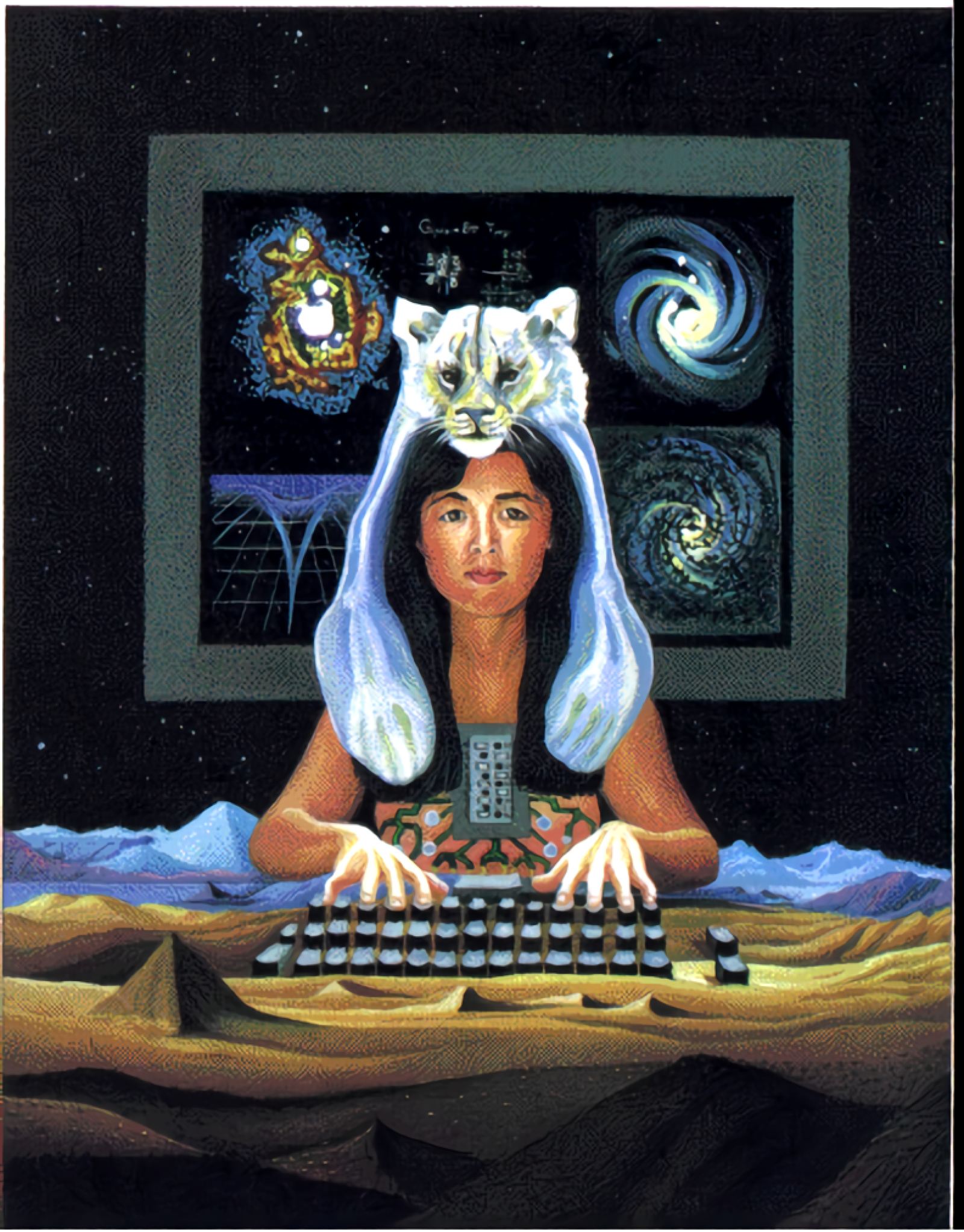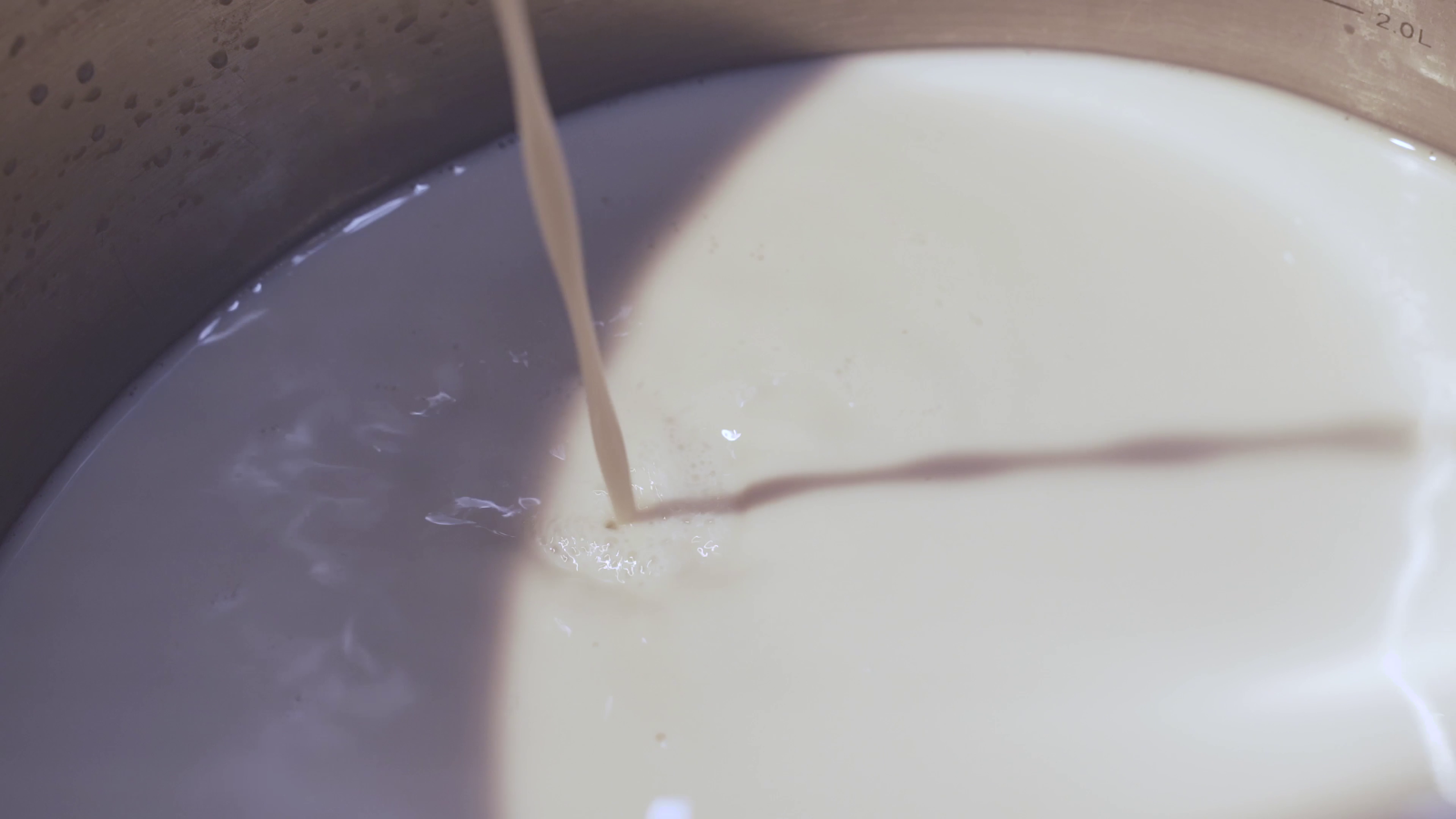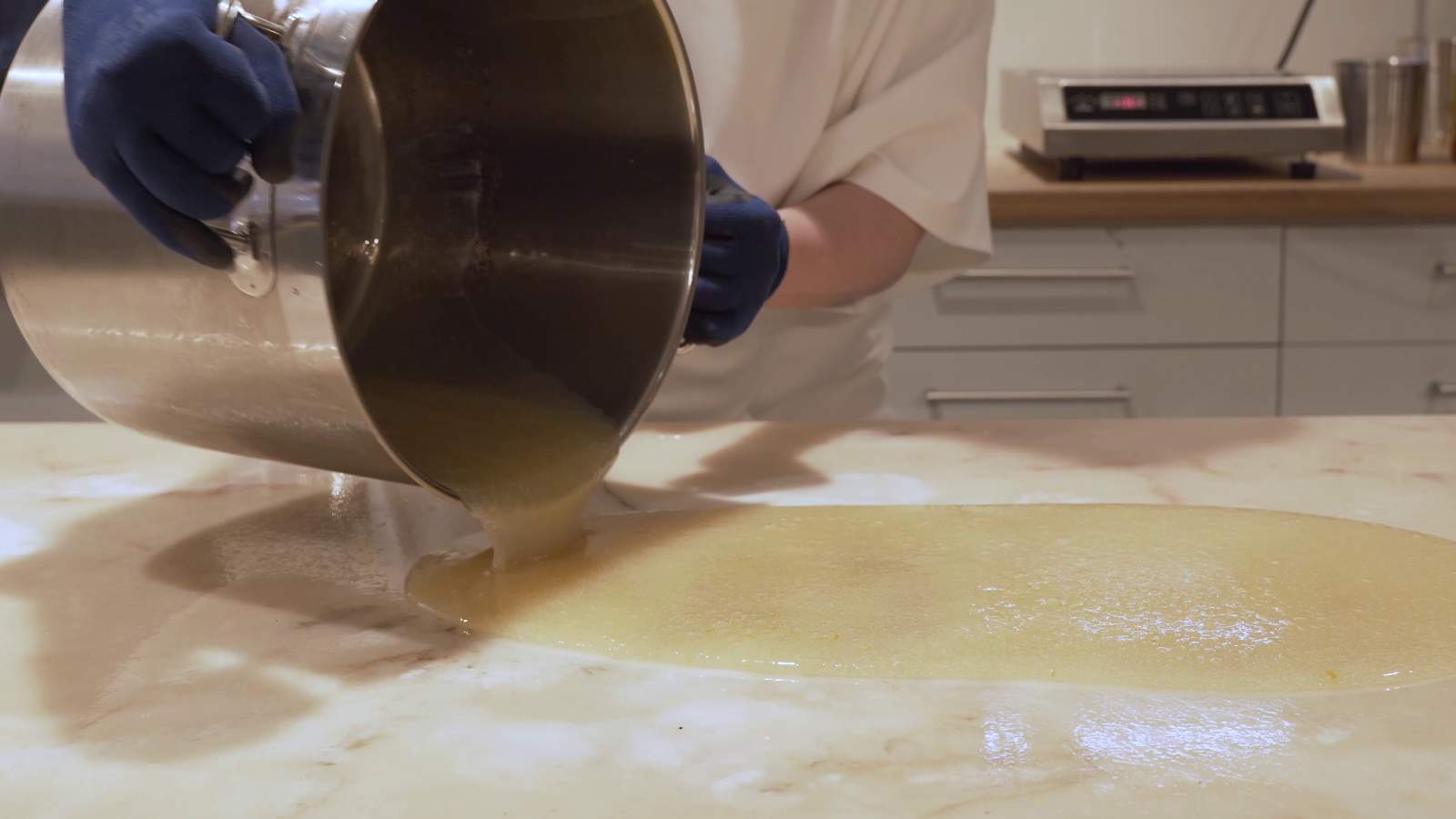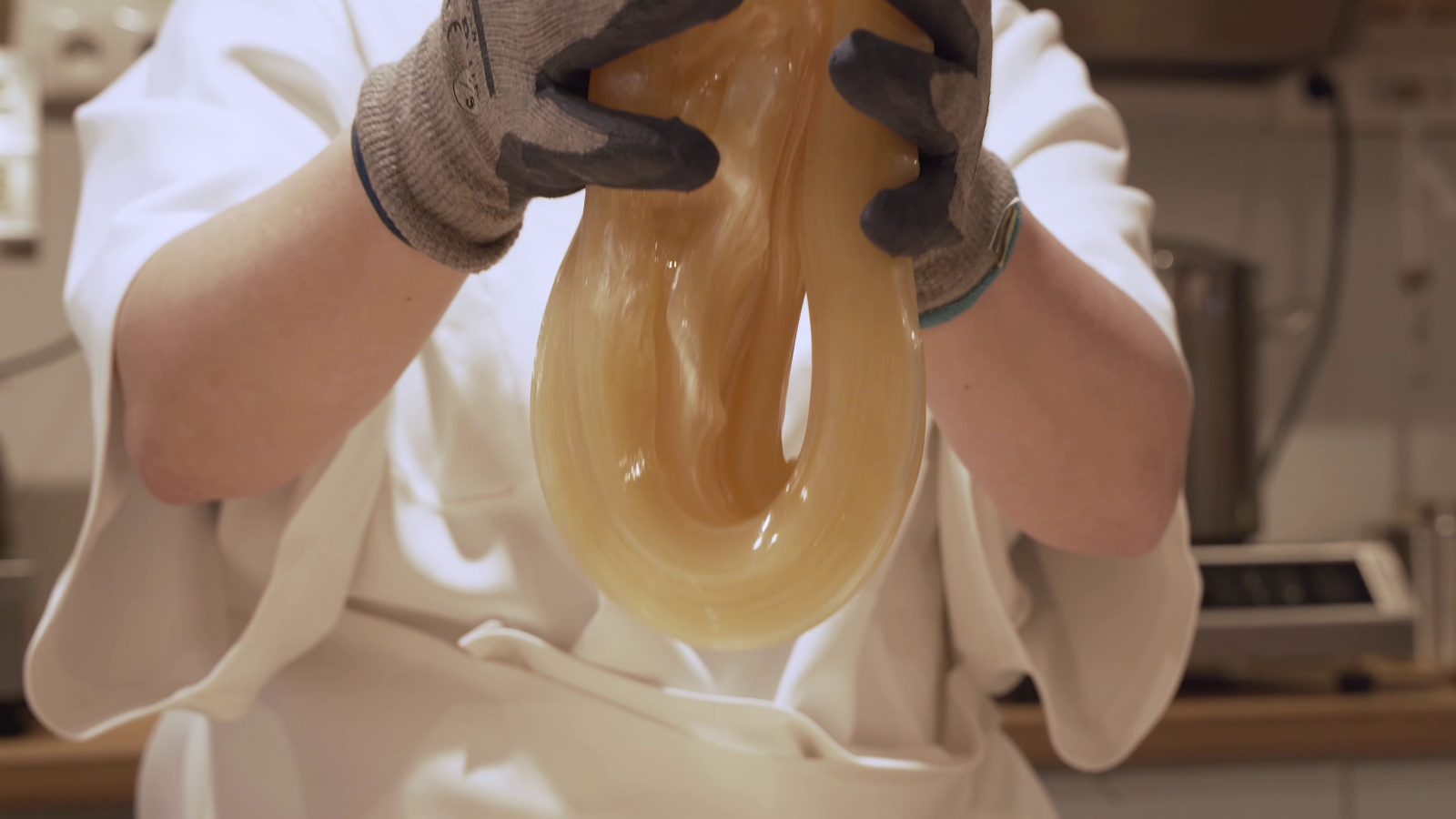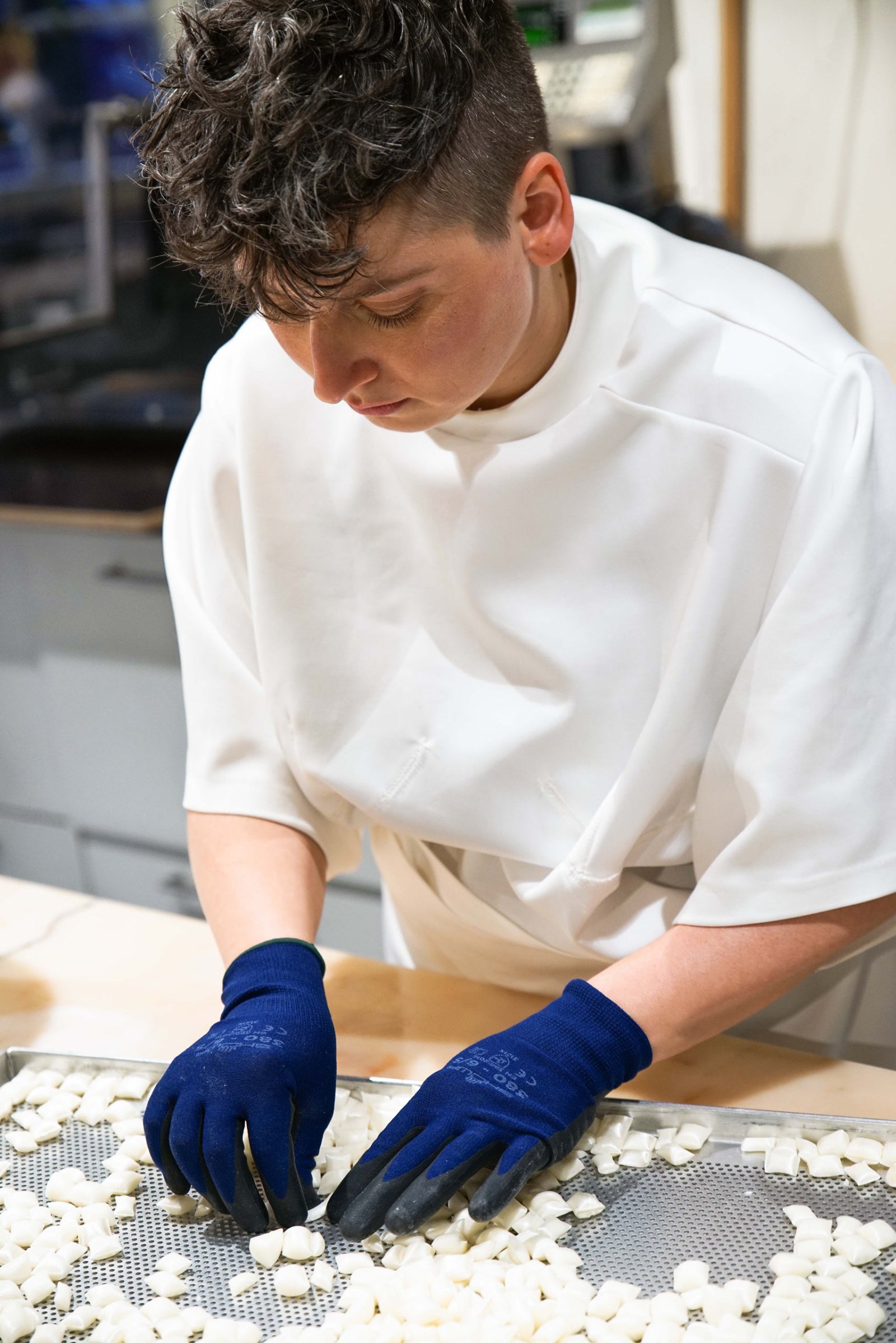It all came about because I first realised my own posture when pumping milk. With my eyes lowered, I sat down and leaned further and further forward so that as much milk as possible ran. According to the pictorial motifs from art history, the symbolism of milk and the mother are two of the oldest subjects, represented in the Christian context as Maria Lactans (nursing Mary). She is hardly visible as an individual and is always depicted with a child standing over her, so to speak. I couldn’t identify with this image of Madonna, although I automatically embodied it, as the self-sacrificing mother, when I was breastfeeding and when breastfeeding itself took up so much of my time. In the antenatal classes, everything was focused on pregnancy and birth itself, but hardly on breastfeeding. The birth happened so quickly, but I wasn’t prepared for how much time and daily effort breastfeeding would take. And then I find the German word Stillen problematic as well. Stillen means breastfeeding, but at the same time being still, silent, calm as well. The hashtag #pumpingmom makes pumping in the silence time visible on social media. Women, but also trans* men can be found under this hashtag, showing many variants of pumping scenarios, mostly in the form of selfies, performing without shame. In contrast to Maria Lactans, who is always pictured with a child, the child is actually no longer present with the #pumpingmoms and the gaze is usually set offensively into the camera. However, #pumpingmoms are not really part of public life. At least not at the moment of pumping. The pictures show the rooms in which pumping takes place. These are, for example, toilet rooms, storage rooms, or one’s own car, so they are still private spaces. But the photos bear witness to the simultaneity of wage labour and milk pumping, the repetition, the leisure, the endurance and also show the milk itself.




